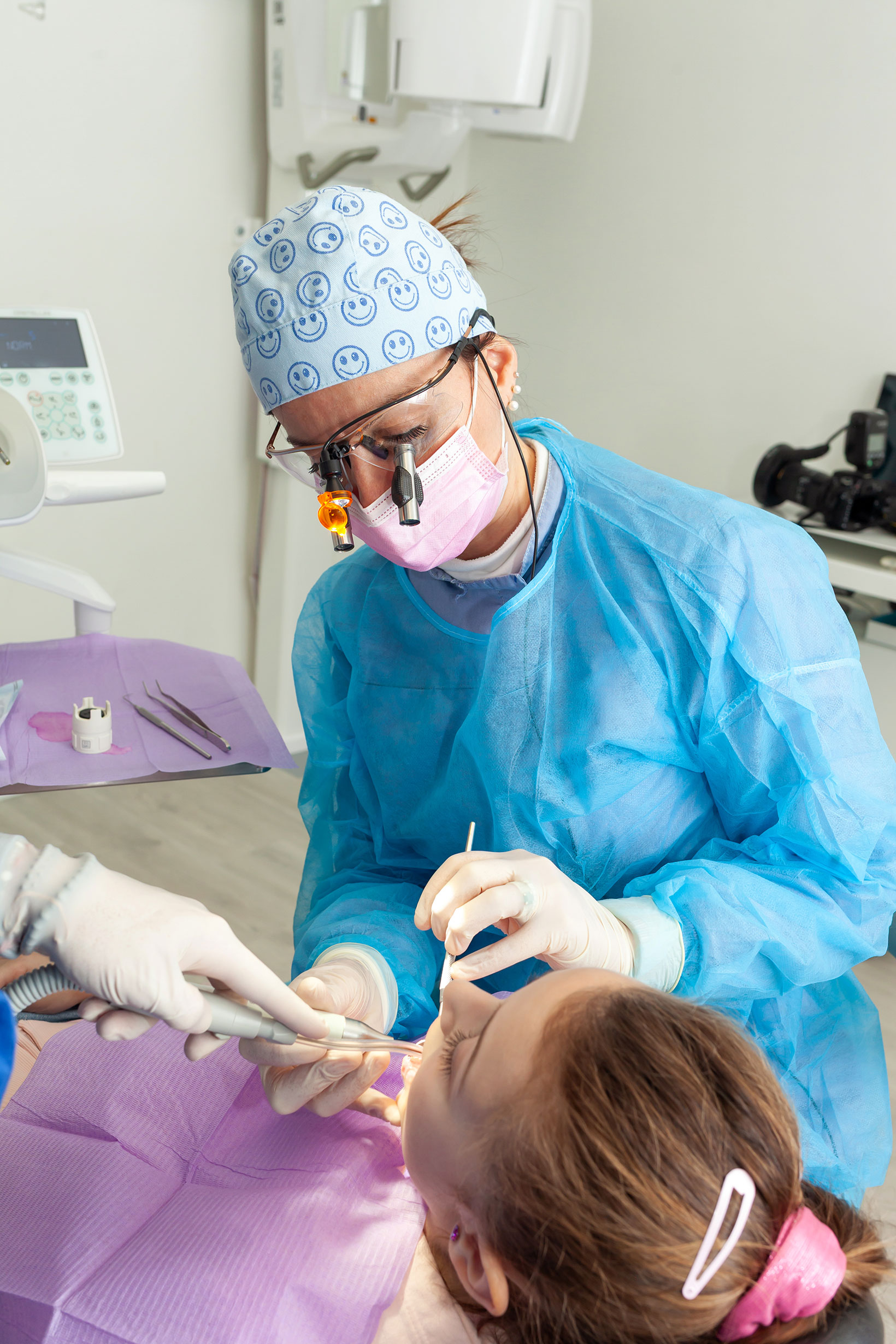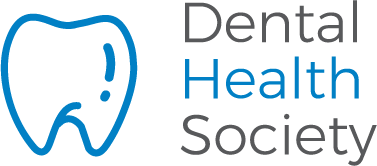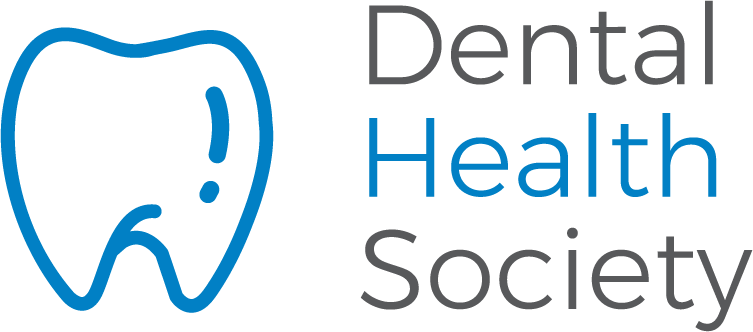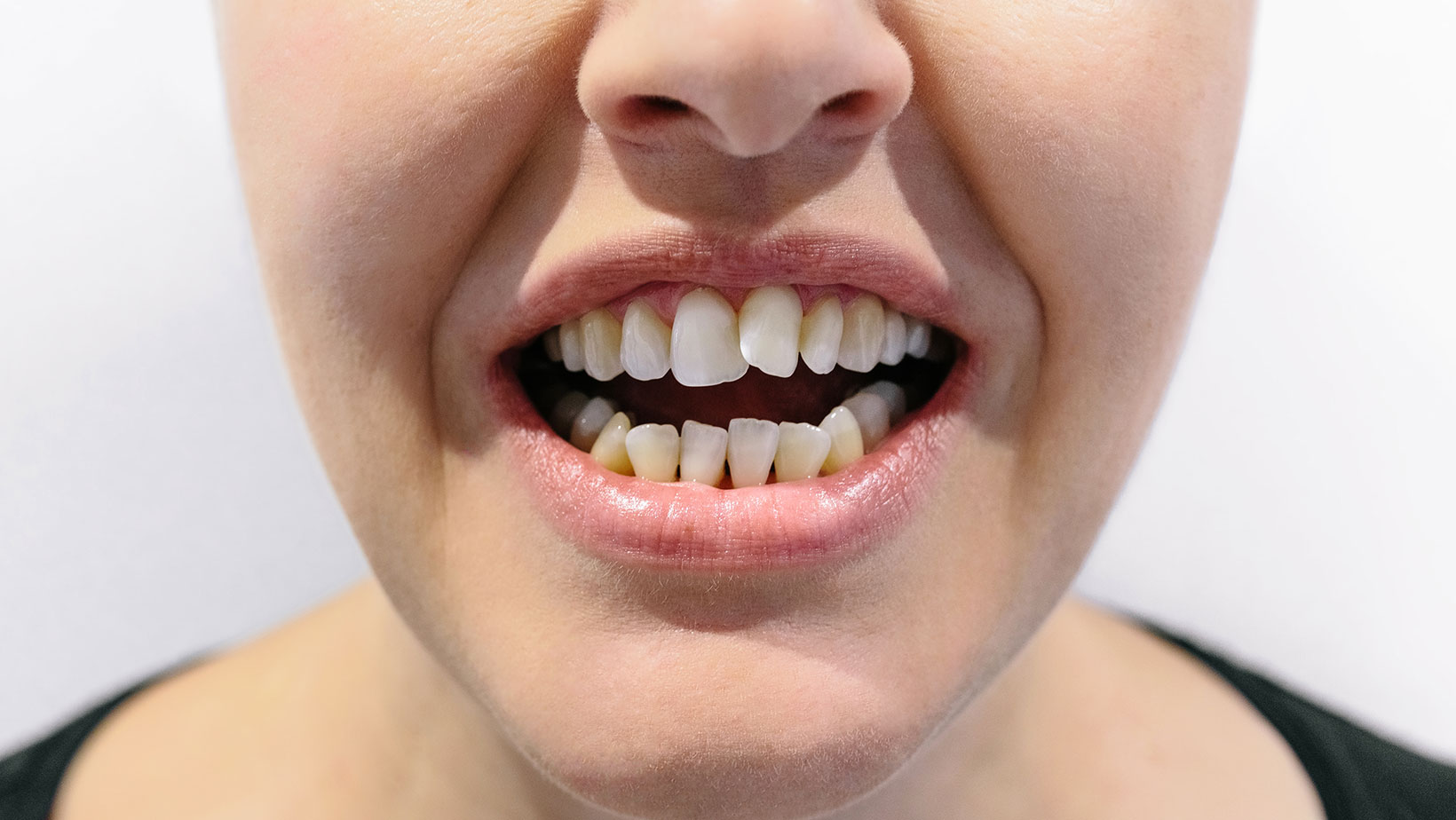It’s perfectly normal for young kids to have crowded teeth. It happens because the jawbone and baby teeth grow at different rates, so there isn’t enough space for baby teeth to erupt all at once. But as they get older and lose baby teeth, the jaw grows too, which should leave plenty of room for adult teeth to grow in.
In some kids, however, teeth don’t have enough space in the mouth. Their adult teeth may grow in at weird angles, push up against each other, or overlap. Not only does dental crowding cause crooked teeth, but it can also cause hygiene problems as well as other issues.
If your child is older than age 7 or you have crowded, crooked teeth, there are several reasons why it’s important to see a dentist.
What Causes Dental Crowding?
Overcrowding in teeth results when the jaw is too small or too narrow to accommodate a full set of adult teeth. This can happen due to:
Genetics. Simply put, if a parent has crowded teeth or had them when they were younger, there’s a good chance their child will experience dental crowding too. Or, if a mother has a small jaw and a father has large teeth, their child might get an unlucky combination of both.
Baby teeth not falling out. Some adult teeth erupt before baby teeth fall out. Since there is not enough room for the adult teeth to come in, they often pop up behind, in front of, or between baby teeth.
Losing baby teeth early. When a child loses a baby tooth due to tooth decay or an accident, a permanent tooth might erupt early into the space. Or, teeth next to the space can drift into the space and cause crowding.
Extended thumb, pacifier, or bottle sucking. If babies and young children don’t end an oral habit by age 4, when their bones begin to harden, it can lead to a narrow jaw or high arch. This eventually causes dental crowding and can also create an overbite or open bite.
Extra adult teeth. Some people are born with more than the usual 32 adult teeth (also known as Hyperdontia). When those extra teeth erupt, it doesn’t leave enough room for other teeth to come in, or they push existing teeth aside.
What Happens When Teeth Don’t Have Enough Space?
Overcrowding in teeth is not just a cosmetic concern. It results in several undesirable and even unhealthy consequences, including:
1. Cavities and Gum Disease
It can be difficult to brush and floss between teeth when they are overcrowded. When food, bacteria, and plaque settle into those cracks, it’s likely to cause tooth decay and even gingivitis – an early stage of gum disease.
2. Pain When Chewing
Crowded, misaligned teeth can push together unnaturally during everyday chewing, which sometimes scrapes away protective enamel. This can cause pain and sensitivity when chewing, and even makes teeth vulnerable to cracks and chips.
3. Speech Problems
Overcrowding in the teeth can restrict the tongue’s movement, causing a lisp or difficulty when pronouncing certain words. Dental crowding can also cause whistling while talking as air moves through the teeth.
4. Impacted Teeth
Ideally, baby teeth fall out when adult teeth push through the gums. But when adult teeth don’t have enough space to come up due to overcrowding, they can stay stuck under the surface of the gums in the jaw, causing pain. If the tooth can erupt only partially, it’s likely to harbor debris and bacteria in the soft tissue around it, leading to an infection or abscess.
5. TMJ Disorders
Misaligned teeth (also called malocclusion) can put unnecessary stress on the temporomandibular joint (TMJ), which connects the lower jaw to the skull. One side of the mouth might have a stronger biting force than the other, and the extra strain on one side leads to pain in the jaw muscles on that side. Sometimes, the jaw overcompensates by shifting too much to the front when biting. This results in jaw pain, limitations on opening the mouth, and even headaches.
6. Low Self-Esteem
Crowded teeth can make children and adults self-conscious, and they may even avoid smiling. This definitely affects a person’s quality of life and overall mental well-being.
Best Treatments for Overcrowded Teeth
When teeth don’t have enough space, several common treatment methods are used to make more space in the mouth. The patient’s age, severity of crowding, and budget should all be considered when choosing the best plan. Solutions may include:
Extraction. If extra teeth or exceptionally large teeth cause dental crowding, a dentist may recommend a tooth extraction. This is usually only done when it will help facilitate an orthodontic plan to straighten the teeth.
Palate expander. Also used prior to orthodontic treatment, this appliance is used to widen the upper jaw to create more space in the mouth. It also helps to correct the alignment of the upper and lower jaws.
Braces. Usually recommended for moderate to severe crowding, braces are placed over the upper teeth and/or lower teeth. They work by placing brackets on each tooth, then inserting an archwire through the brackets, which puts pressure on the teeth to move into proper alignment. This typically requires a visit to the orthodontist every month or two for about two years.
Invisalign. Invisalign works similarly to braces but can be used for minor crowding as well, and works with removable clear plastic aligners that put pressure on the teeth. Instead of visiting the dental office every few weeks, the patient changes the aligners at home and sends digital images for the orthodontist to evaluate progress.

Avoid Dental Problems by Visiting a Dentist Near You
The first step for addressing crowded teeth in kids is to see a pediatric dentist. They will examine your child’s teeth and take X-rays, and should be able to determine if overcrowding will remain a problem as the child grows. For young kids, the dentist may recommend monitoring the situation for the next few years.
According to the American Association of Orthodontists, the best age to screen children for misalignments is 7. By then, most kids have enough adult teeth to determine the extent of crowding, and orthodontics may be recommended to address the problem.
If you have overcrowded teeth yourself, consult with a dentist near you. They will be able to provide treatment options and provide referrals to an orthodontist near you, so you can start enjoying a more comfortable life and a smile you’re proud of.


